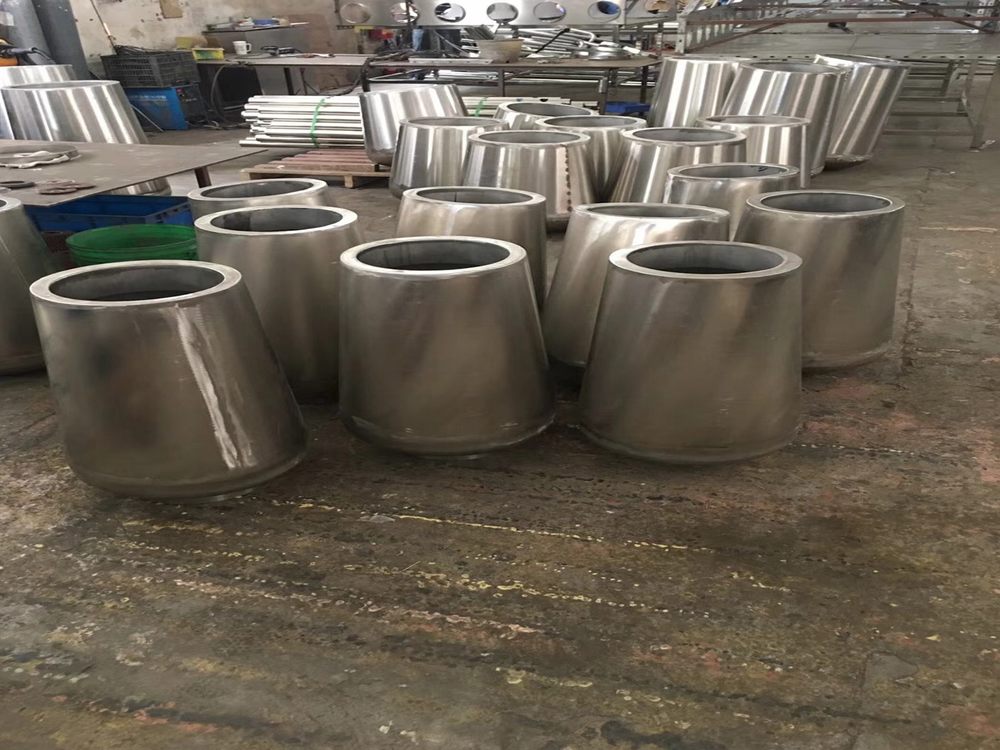
Porcelain sculptures are delicate artworks that require careful storage to maintain their beauty and structural integrity. Climate and humidity play critical roles in preserving these fragile pieces, as extreme conditions can lead to irreversible damage.
High humidity levels pose a significant threat to porcelain, encouraging mold growth and causing glaze deterioration. Moisture absorption may also weaken the clay body, increasing fracture risks. Conversely, excessively dry environments can cause cracking as the material loses essential moisture.
Temperature fluctuations are equally harmful. Rapid changes expand and contract the porcelain, creating stress fractures. Prolonged exposure to heat accelerates chemical degradation, while freezing temperatures make the material brittle.
Ideal storage conditions maintain 40-50% relative humidity and stable temperatures between 15-25°C (59-77°F). Avoid attics, basements, or exterior walls where conditions fluctuate. Use silica gel packets in enclosed displays to regulate moisture, and consider climate-controlled cabinets for valuable collections.
UV light from sunlight or fluorescent bulbs also damages porcelain over time, causing fading and surface deterioration. Store pieces away from direct light sources, using UV-filtering glass if displaying.
By understanding these environmental factors, collectors can implement proper storage solutions that protect their porcelain investments for generations. Regular monitoring with hygrometers and thermometers helps maintain optimal preservation conditions.

